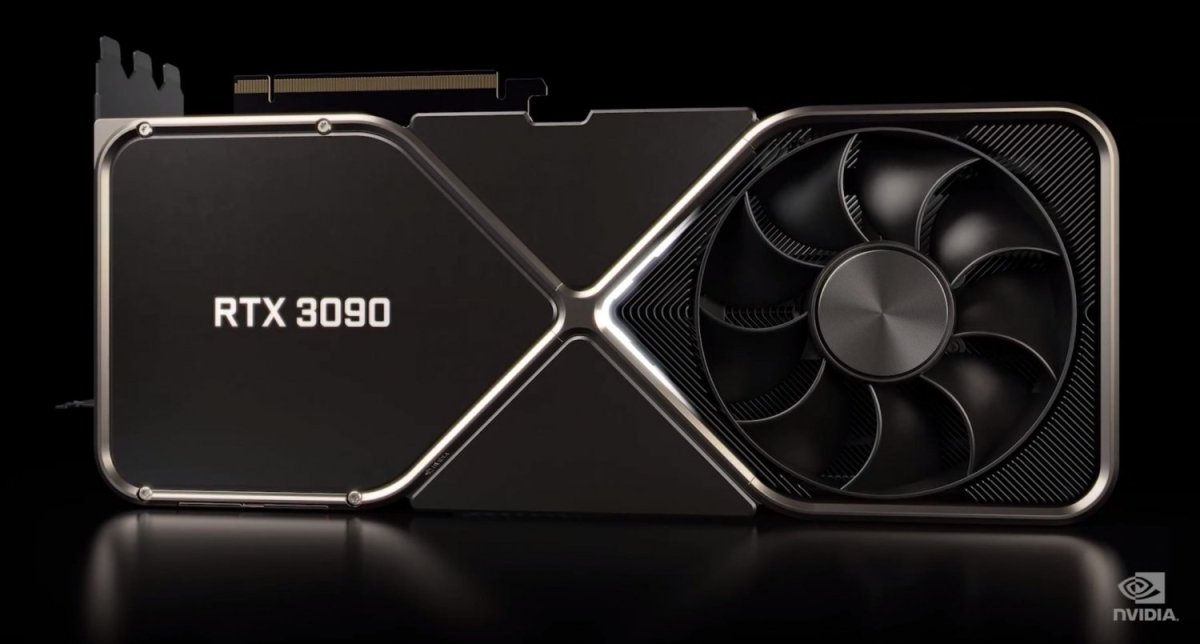Since the early teasers for the Oculus Rift, the dream of a fantastic virtual reality experience felt like it was finally coming true. While still a relatively new realm of technology, the VR experience varies across the board since every gamer has an almost completely unique build. To help you get the best experience, we wanted to show you how to pick out a VR graphics card.
Since VR gaming requires a pretty beefy PC, let’s start by covering the minimum GPU requirements for popular VR headsets such as the Oculus Rift S, HTC VIVE, and Valve Index.
Minimum VR graphics cards
For the Oculus Rift S, the company recommends a minimum Nvidia GeForce GTX 1050 Ti, Nvidia GeForce GTX 960 4GB, AMD Radeon R9 290, and AMD Radeon RX 470 or better. With VIVE headsets, HTC recommends at least an Nvidia GeForce GTX 970, AMD Radeon R9 290, or better. Lastly, for the Index, Valve recommends an Nvidia GeForce GTX 970, AMD Radeon RX 480, or better.
While these minimum graphics cards can open the doors to VR for many gamers, they may not necessarily get the expected experience. Performance is always important for the enjoyment of a game, but performance is even more important for a VR game. For VR gaming, computers will need to offer very high frame rates to make playing with a headset feel smoother and help lower the chance of causing motion sickness.
Related: Best VR-ready pre-built gaming PCs
Luckily, each headset manufacturer and game product page offers recommended hardware settings.
Recommended VR graphics cards
For the Oculus Rift S, the company recommends the Nvidia GeForce GTX 970, Nvidia GeForce GTX 1060, AMD Radeon R9 290, and AMD Radeon RX 480 or better. With VIVE headsets, HTC recommends an Nvidia GeForce GTX 1060, AMD Radeon RX 480, or better. Finally, for the Valve Index, the company recommends an Nvidia GeForce GTX 1070 or better.
Although these are the recommended graphics cards straight from the respective manufacturers, VR titles have continued to grow and evolve over the years. The first batch of VR games acted as tech demos for the new hardware while game developers were getting used to creating titles with such freeing movement. Now, AAA games are being built specifically for VR, such as Valve’s Half-Life: Alyx, which requires at least an Nvidia GTX 1060 or AMD Radeon 580 6GB.
To pick a graphics card for VR, start with the headsets’ recommended specs as your baseline and then shop for a graphics card better than that, such as an Nvidia GTX 1080 or an equivalent card. For the absolute best VR gaming experience, you can see our picks for the best graphics cards for VR here.

